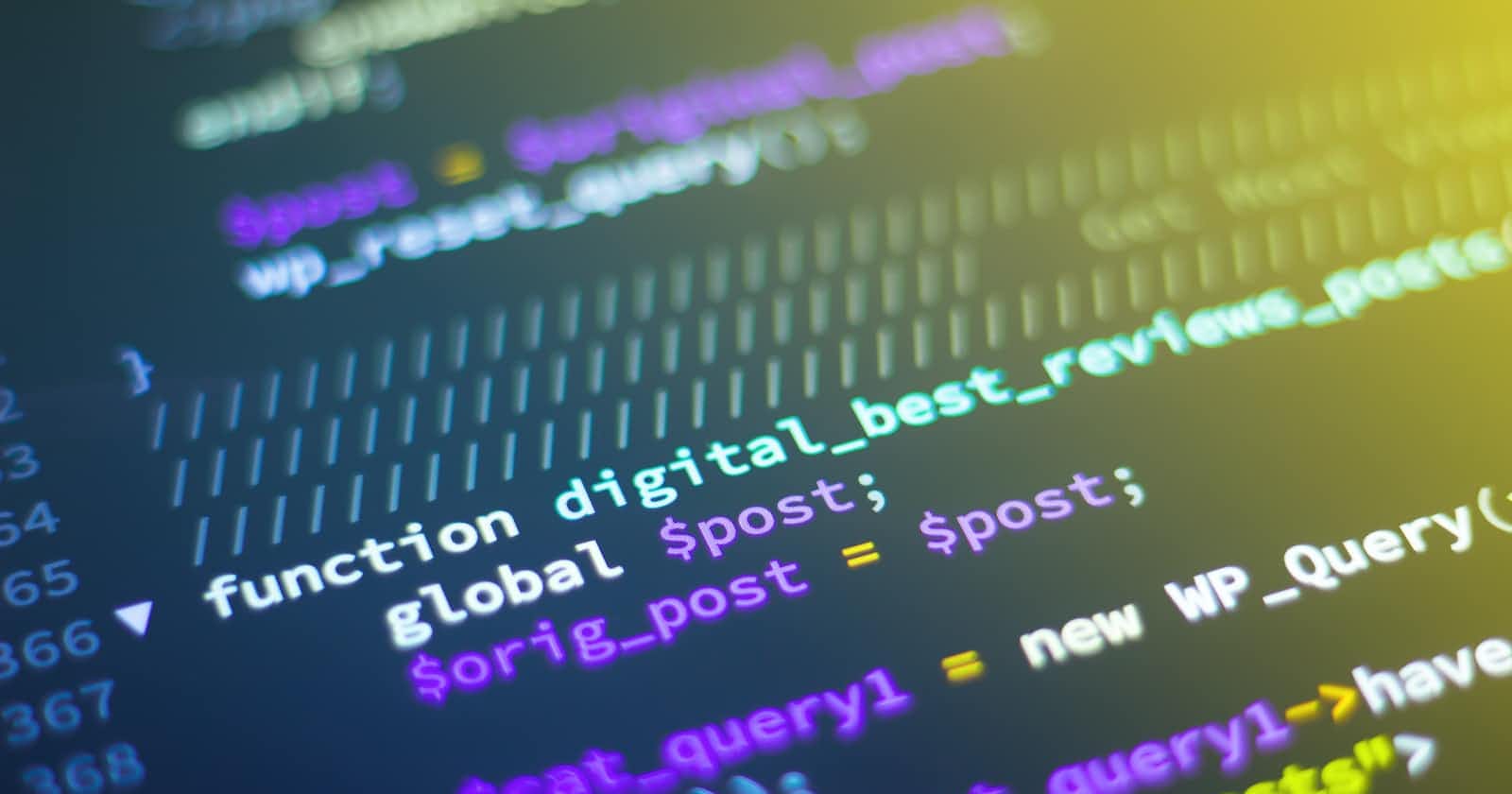
Photo by Shahadat Rahman on Unsplash
Beginners guide to contributing to open-source projects
A step-by step guide for beginners to get into open-source
Table of contents
No headings in the article.
Open-source software has become an essential part of the modern tech ecosystem. It powers some of the most critical applications in the world, from web browsers and databases to operating systems and cloud computing platforms. The beauty of open-source software is that it is accessible to anyone who wants to contribute, regardless of their background or experience. If you're new to open-source software and are interested in contributing, this beginner's guide will provide you with all the information you need to get started.
What is Open-source Software?
Open-source software is a type of software that is distributed under a license that allows users to view, modify, and distribute the source code. The source code is the set of instructions that tells a computer what to do, and by making it available to the public, anyone can modify or improve it. This means that open-source software can be improved and adapted by anyone, making it a collaborative effort between developers and users.
Why Contribute to Open-source Software?
Contributing to open-source software can be a great way to improve your programming skills, gain experience working on real-world projects, and network with other developers. It can also help you build a portfolio of work that you can showcase to potential employers or clients. Furthermore, contributing to open-source software is a way to give back to the community and help improve the software that millions of people use every day.
How to Contribute to Open-source Software?
The following are the steps to contribute to open-source software:
Step 1: Choose a Project
The first step in contributing to open-source software is to find a project that interests you. There are thousands of open-source projects available, so it's essential to choose one that matches your skills and interests. You can search for projects on websites like GitHub or SourceForge, which are popular platforms for hosting open-source projects.
Step 2: Read the Documentation
Once you've found a project that interests you, it's essential to read the project's documentation. The documentation will provide you with information about the project's goals, how it works, and how you can contribute. It will also provide you with information about the project's coding standards, which are essential to follow when contributing to the project.
Step 3: Set Up Your Development Environment
Before you can contribute to an open-source project, you need to set up your development environment. This involves installing any necessary software and configuring your system to work with the project's tools and libraries. The project's documentation should provide you with instructions on how to set up your development environment.
Step 4: Start Small
When you're first starting to contribute to open-source software, it's essential to start small. Look for easy-to-fix issues, such as typos in documentation or minor bugs. This will allow you to get familiar with the project's codebase and development process before taking on more significant tasks.
Step 5: Interact with the Community
Contributing to open-source software is not just about writing code. It's also about interacting with the community of developers and users who support the project. This involves asking and answering questions on forums, attending meetings, and contributing to discussions. Interacting with the community is an excellent way to learn from other developers and gain insight into the project's development process.
Step 6: Submit Your Changes
Once you've made your changes to the code, you need to submit them for review. The project's documentation should provide you with instructions on how to do this. Be sure to follow the project's coding standards and guidelines when submitting your changes.
Step 7: Iterate and Learn
After submitting your changes, the project's maintainers will review them and provide feedback. You may need to make additional changes or modifications based on their feedback. This process of iteration and learning is an essential part of contributing to open-source

